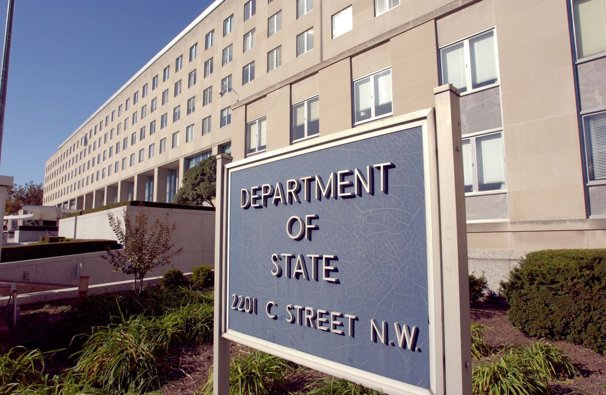
U.S. Delivers 59,000 Tons of Food Aid Amid Criticism
State Department says 59,000 tons of U.S. food aid are being delivered to crisis zones, rejecting reports of widespread waste.
State Department Responds to Reports of Destroyed Aid
The State Department has moved to address concerns over the management of U.S. food aid after several media reports suggested that hundreds of tons of emergency supplies were incinerated as they neared expiration. Officials insist that a sweeping operation is now underway to deliver over 59,000 metric tons of food assistance to countries in crisis, rejecting accusations of large-scale waste.
According to figures provided by the agency, 59,305 metric tons of in-kind food commodities are currently stored in warehouses across the United States and overseas. Of this stockpile, 44,422 metric tons have already been approved for transfer or reprogramming through partnerships with organizations such as the World Food Program, Catholic Relief Services, Mercy Corps, and Cultivating New Frontiers in Agriculture. This includes 30,000 tons of food already programmed for urgent delivery to regions like Syria, Bangladesh, and Sudan.
“We have already programmed all the food expiring before October 2026,” a senior State Department official stated. “The idea that we have tons of expiring food we are letting go to waste is simply false.” The department added that any recent delays were not the result of State Department inaction, but instead due to a temporary hold by the Office of Management and Budget, which has since been resolved.
An additional 12,000 tons of food is awaiting final reprogramming. “To the extent there is a delay that is causing operational problems, it is not from the State Department. All of the food expiring in the next 16 months is accounted for,” the official said.
Criticism Over Incinerated Aid and Policy Shifts
The public defense comes after reports emerged that nearly 500 metric tons of emergency food stored in Dubai were destroyed as expiration dates loomed. While 622 tons were redirected to countries including Syria, Bangladesh, and Myanmar, another 496 tons—valued at nearly $800,000—were incinerated, incurring additional disposal costs. Lawmakers, especially Democrats, seized on the reports during congressional hearings, accusing the Trump administration of turning its back on pressing humanitarian needs.
The controversy follows a broader restructuring of U.S. foreign aid policy. Earlier this month, the Trump administration dissolved USAID and transferred responsibility for humanitarian programs to the State Department. As part of this transition, billions in foreign assistance have been rescinded, and new guidelines have been set to prioritize trade and investment over direct aid.
Secretary of State Marco Rubio outlined this new approach, writing, “We will favor those nations that have demonstrated both the ability and willingness to help themselves, and will target our resources to areas where they can have a multiplier effect and catalyze durable private sector—including American companies—and global investment.”
The State Department emphasizes that the restructuring is designed to better position the United States to counter China’s influence globally, focusing on sustainable development rather than what Rubio called a “charity-based model.”
With USAID now dissolved and the State Department managing large-scale assistance programs, there is mounting pressure from lawmakers and aid groups to ensure that food and other resources reach those most in need. The department maintains that all expiring aid is accounted for and that efforts are underway to deliver supplies to crisis zones as swiftly as possible.
As the world watches the ongoing distribution of American food aid, the debate over how best to balance humanitarian needs with strategic foreign policy interests is set to continue, with millions of vulnerable people depending on the outcome.






